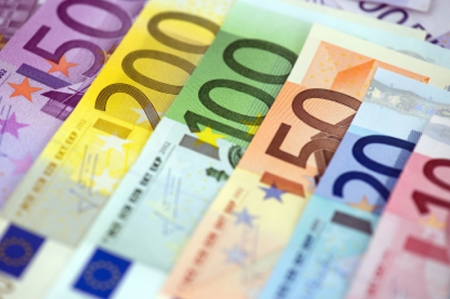
The British pound has reached its highest level against the euro since April 2022, amid expectations that the Bank of England (BOE) will be less aggressive in cutting interest rates compared to the European Central Bank (ECB).
On Tuesday, sterling appreciated by as much as 0.3% to 82.50 pence per euro. Concurrently, UK government bonds, known as gilts, experienced a decline, with yields on 10-year notes climbing to 4.33%, a peak not observed since November 28.
Market participants anticipate that the BOE will maintain its current interest rates in its upcoming policy meeting next week, with a cautious approach to any further rate reductions. The UK’s economic growth remains strong, and inflation continues to be high in certain sectors.
Contrastingly, the ECB is expected to decrease borrowing costs by 0.25 percentage points on Thursday to bolster the economy of the eurozone.
Looking ahead to 2025, interest rate differentials between the UK and the euro area are predicted to widen. Swap rates indicate an easing of 80 basis points by the BOE and approximately 125 basis points by the ECB.
The euro’s weakness is also attributed to other factors, including the potential impact of US trade tariffs on the region’s goods exports and political uncertainty in France and Germany.
This article was generated with the support of AI and reviewed by an editor. For more information see our T&C.
This post is originally published on INVESTING.



